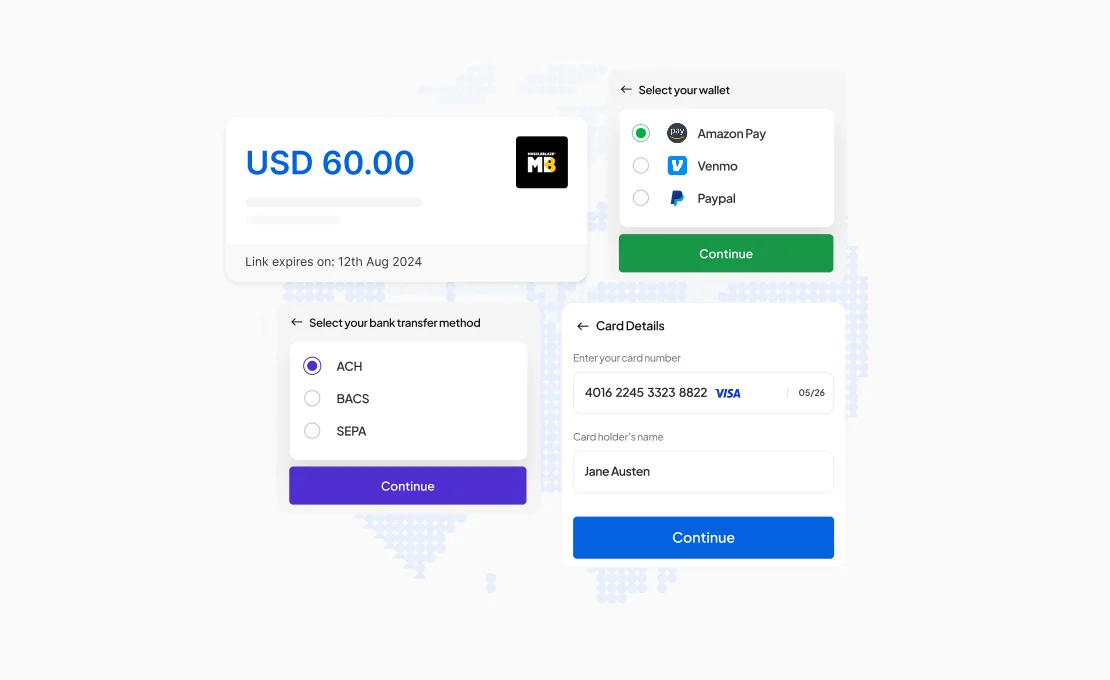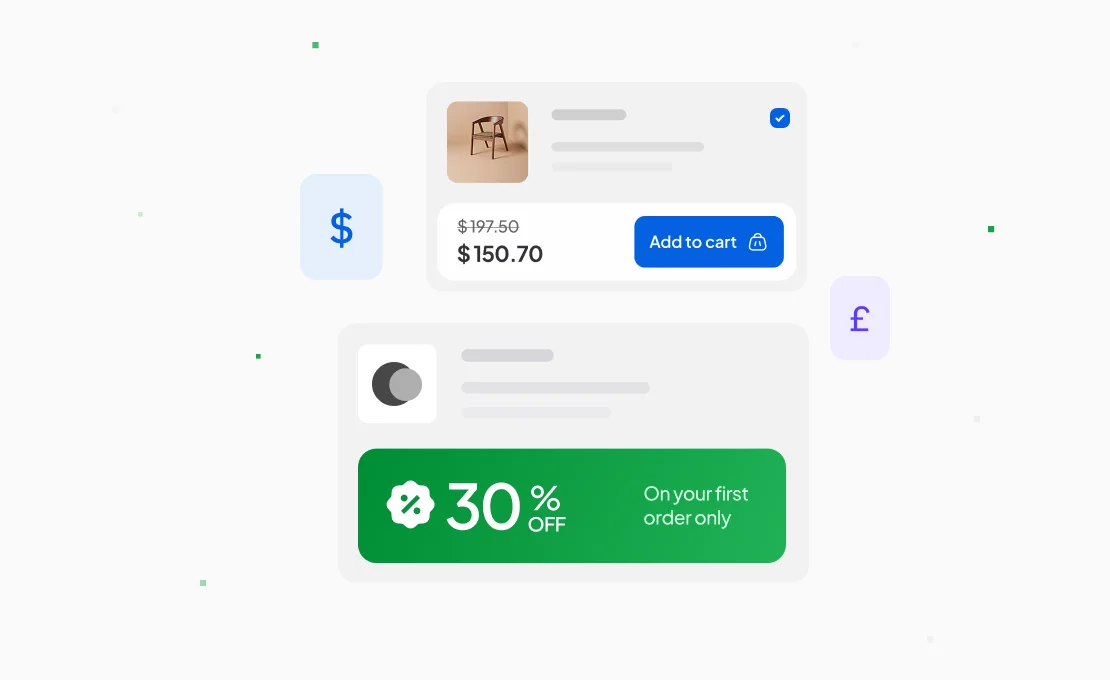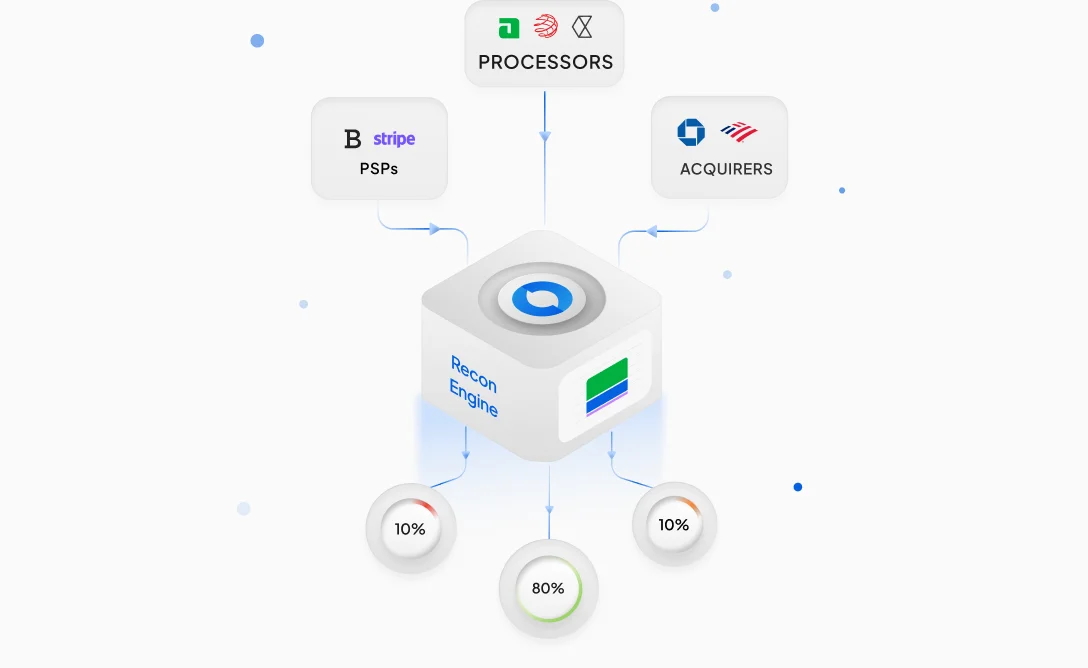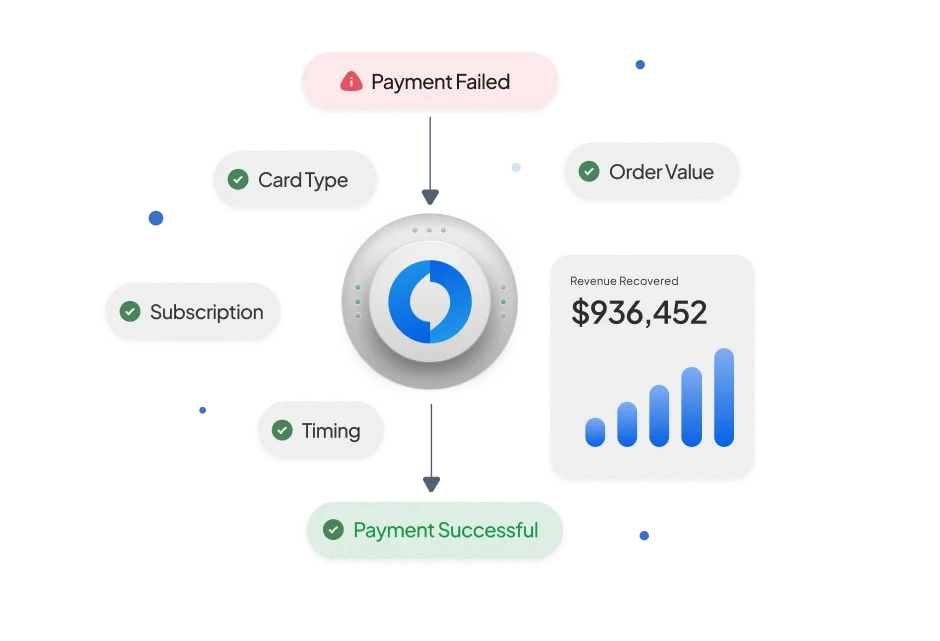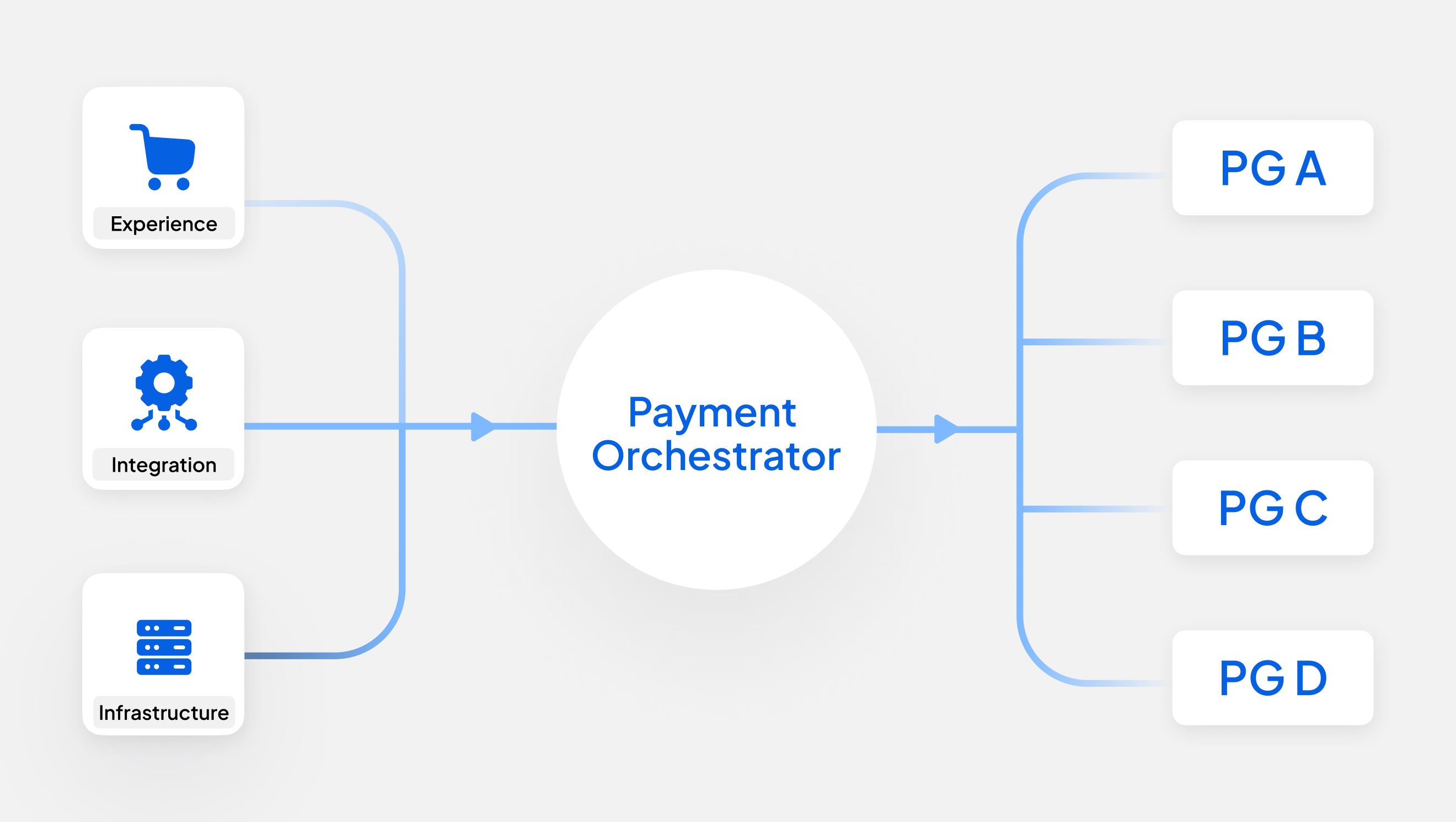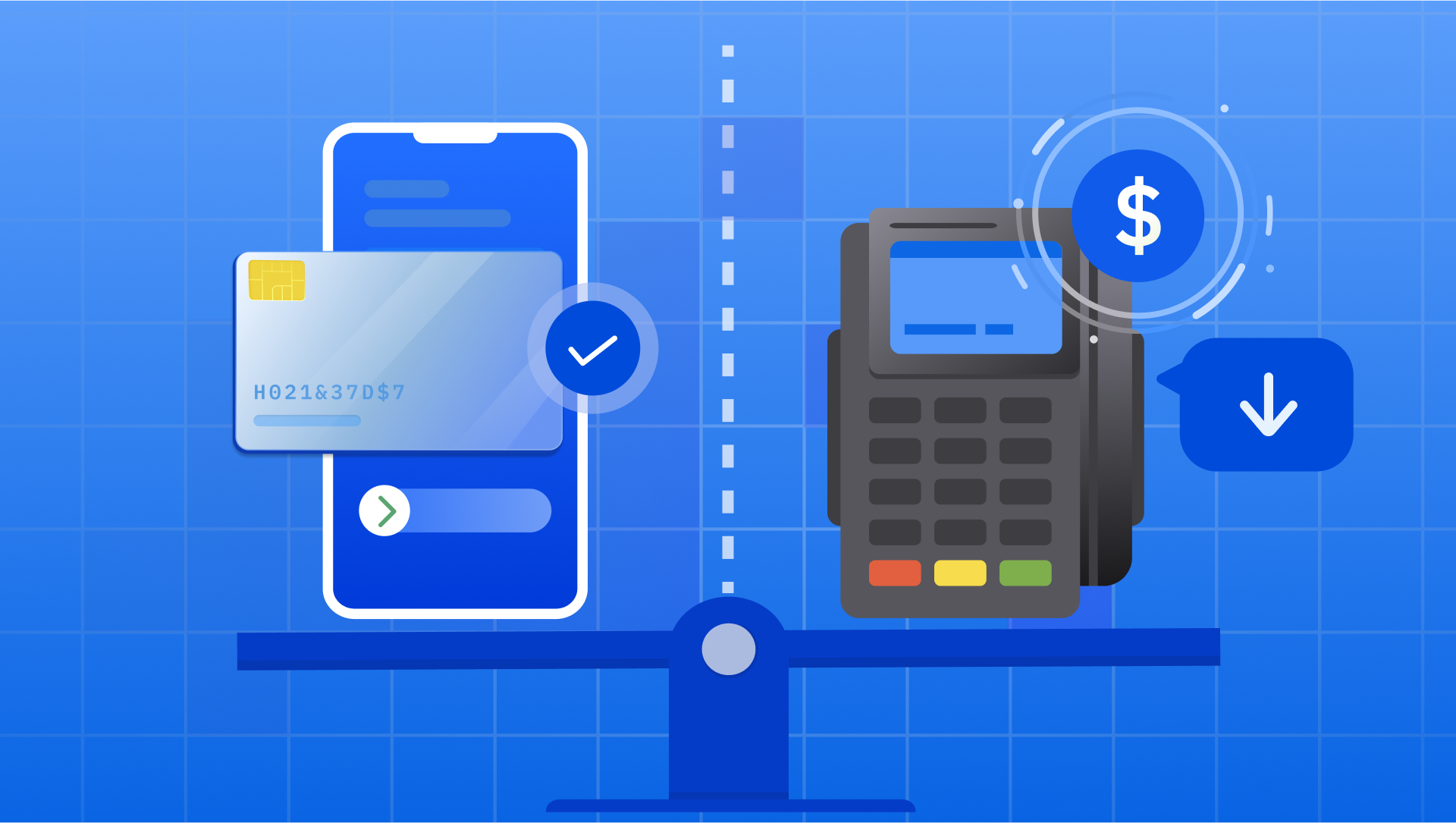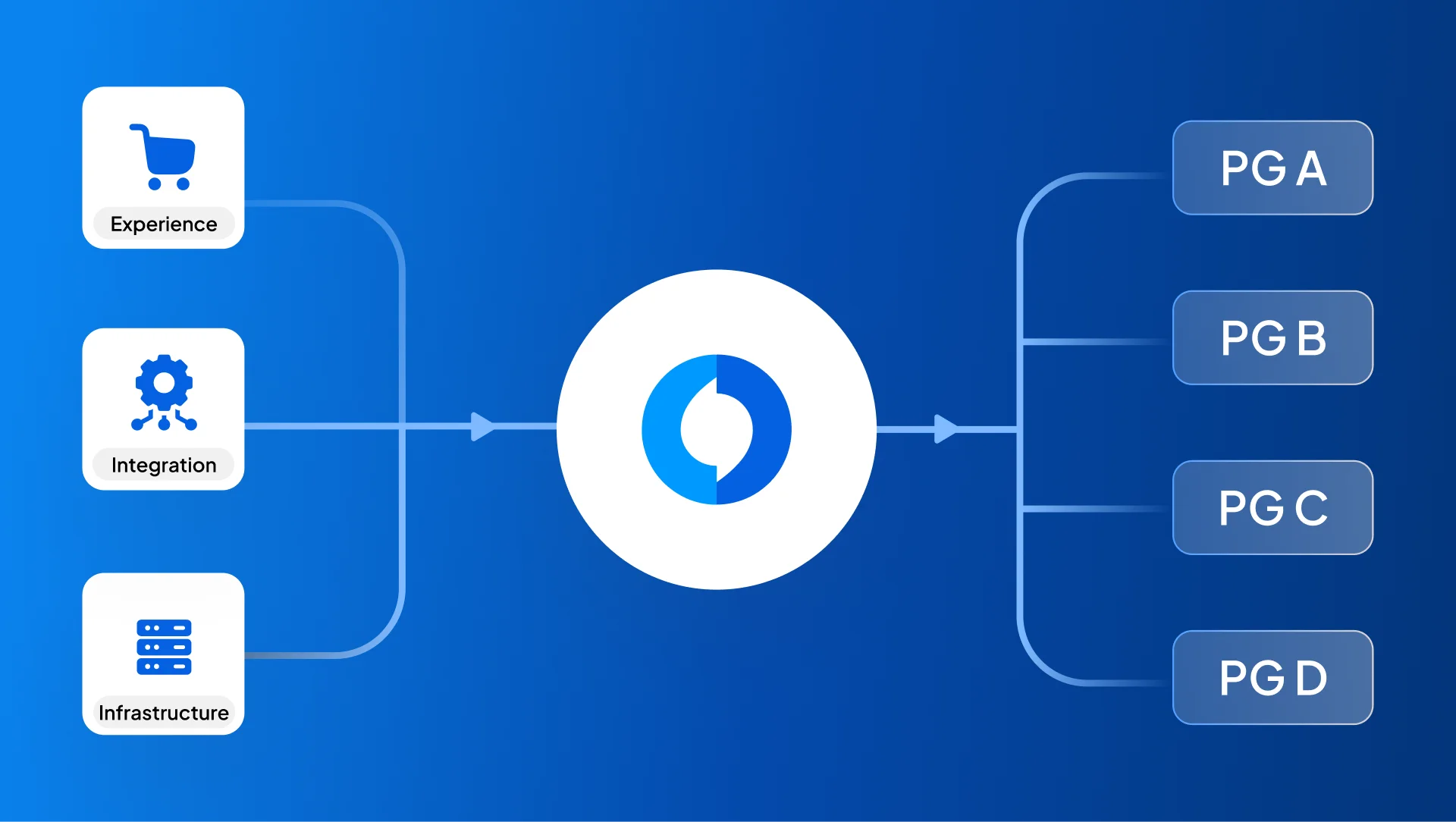For large US/EU merchants, “should we add more acquirers to lift authorization rates and expand market coverage, or consolidate them to control costs and reduce operational complexity?" isn’t just a theoretical question, it shows up in your P&L, authorization dashboards, and customer experience. The right answer is rarely “always add more” or “always consolidate.” Instead, the sweet spot sits on a rate - cost frontier where you maximize approvals and keep total cost of payments predictable.
So how do you boost approval rates without letting costs spiral? Here’s a closer look at strategies, benchmarks, and the tools that can help you keep both sides in balance.
What Top Merchants Do to Raise Authorization Rates?
High-performing merchants build resilience first with a multi-acquirer stack, then fine-tune for approvals using network tokenization, AI-driven routing and retries, smart SCA exemptions, etc. These levers together unlock steady 1–2-point approval lifts that translate directly into higher revenue.
- Network tokenization (card-on-file): Visa reports that tokenized payments lead to an average fraud reduction of approximately 34% and an average increase in authorization rates of about 4.7%. J.P. Morgan's independent merchant guidance indicates an average authorization uplift of approximately 4.3% for Visa network tokens.
- Smart/AI routing and retries: Vendors and processors often share data showing how much dynamic routing can improve things. For example, in 2025, Worldline reported an extra 2% increase from AI-powered routing, which was on top of the 3% increase they saw from rule-based routing.
- SCA strategy in the EU (PSD2): Applying exemptions (e.g., TRA) to low-risk transactions can reduce friction and improve approvals; several industry analyses emphasize that using exemptions judiciously helps keep good transactions out of 3DS while containing the fraud ones.
- Lifecycle hygiene: Merchant playbooks often suggest using account updater services, credential refresh, and issuer-friendly metadata to lower the chance of unnecessary declines.
Balancing Cost Efficiency with the Rate–Cost Frontier
Routing across multiple PSPs can unlock higher authorization rates, but every new acquirer brings its own price tag and operational baggage. Finance leaders often point out that the effective cost of payments isn’t just the headline processing fee; it’s a layered stack of interchange, scheme charges, acquirer margins, cross-border and FX fees, plus fixed platform minimums. In card-not-present segments, interchange alone can range from ~0.5% to 2.5% depending on card product and region, and scheme overlays vary widely by market.
In Europe, the conversation is even sharper: changes in network fees and post-Brexit cross-border interchange rules have drawn regulator scrutiny, making cost control a standing board-level priority. Beyond the fee lines, each extra PSP also adds overhead; multiple contracts, minimums, reconciliation complexity, settlement delays, dispute portals, and ops playbooks all of which quietly inflate total cost-to-serve. Industry commentary on payment orchestration often highlights that smart routing can drive savings, but it also warns that orchestration’s very job is to tame the complexity it introduces.
So how do you strike the right balance and lift approvals without letting the cost stack and operational drag spiral? A useful way to think about it is to map your strategy onto a Rate–Cost Frontier, where merchants evolve across three maturity tiers:
1. Single-PSP Baseline
- When it fits: Early-stage or single-region businesses with straightforward risk profiles.
- Upside: Leanest platform cost, simplest operations.
- Trade-offs: Limited negotiating leverage, less control over issuer-specific optimization, single point of failure.
- Still worth doing: Enable network tokenization for card-on-file traffic, account updater, and selective 3DS/SCA exemptions in the EU; ensure data-rich auth messages for better issuer decisioning.
2. Dual/Tri-Acquirer with Rule-Based Routing
- When it fits: Merchants with cross-border US + EU flows, visible issuer/BIN variance, and a need for failover.
- Upside: Ability to route by region, BIN/issuer, card product, MCC, or risk score; apply targeted 3DS and TRA exemptions in the EU to reduce friction; gain redundancy against outages.
- Watch-outs: More contracts, fixed fees, and operational complexity ensures the incremental gross margin from better approvals outweighs the extra overhead.
3. Multi-Acquirer with AI/Feedback-Driven Routing
- When it fits: Large-scale, multi-region volumes where a 1–2-point approval lift is material and the team has an appetite for experimentation and model governance.
- Upside: Uses real-time feedback to learn issuer time-of-day patterns, MCC-region combinations, and retry cadences; dynamically picks the best acquirer and suppresses unproductive retries, delivering incremental gains beyond static rules.
- Watch-outs: Without explicit cost guardrails, it can slip into “approval at any cost.” Build per-segment cost constraints directly into routing logic.
From Higher Approvals to Smarter Economics: Adding Cost Guardrails
Chasing more approvals is powerful, but unchecked routing choices can add hidden costs like cross-border fees, extra retries, higher interchange tier that eats into the same revenue you’re trying to grow. The key is to layer in cost-aware rules that keep your approval gains profitable:
- All-in cost thresholding: Include interchange + scheme + acquirer margin + cross-border/FX + fixed in your decision function. Cap effective cost per transaction by segment (e.g., “If the blended cost at Acquirer X exceeds 85 bps for EU-issued premium consumer credit cards, reroute those transactions to Acquirer Y or Z, provided their blended cost stays below the set cap while maintaining ≥98% of baseline approval performance.”).
- Retry budgets: Use probability-of-approval × order margin to decide if a retry is justified. Stop after diminishing returns; avoid “approval inflation” that erodes unit economics. (Industry guidance on smart routing emphasizes disciplined retries.)
- SCA/TRA policy as a lever: In the EU, apply TRA exemptions for low-risk segments to avoid unnecessary 3DS costs and drop-offs, while sending higher-risk flows through 3DS. Keep policies issuer- and BIN-aware.
- Tokenization first for COF: Prioritize network tokens for stored credentials; they raise approval odds and reduce fraud, improving revenue and reducing downstream chargeback cost.
Conclusion
For enterprise merchants, payment routing is no longer a back-end utility, it’s a strategic lever that shapes revenue, cost, and customer experience. Chasing higher authorization rates can unlock millions in recovered sales, but each additional PSP adds fees, operational overhead, and complexity. The goal is not to maximize one metric at the expense of another but to operate on the optimal rate–cost frontier, capturing approvals where they matter most while keeping the blended cost of payments predictable and sustainable. Merchants that master this balance turn routing from a cost center into a competitive advantage, even amid shifting interchange rules, SCA requirements, cross-border fees, and issuer-specific behaviors.
If you’re looking to put this strategy into practice without stitching together multiple tools, Hyperswitch brings both Intelligent Routing (rules plus feedback loops) and Cost Observability (visibility into IC++, scheme, acquirer, cross-border, and cost optimization) under one dashboard or different independent modules of your choice. Its aim is simple: help you boost authorization performance while keeping you on the efficient side of the cost curve; region by region.
Frequently Asked Questions
Q1. Does tokenization help only with fraud, or approvals too?
Both. Visa and bank/processor guidance cite ~4–5% average approval uplift for tokenized COF transactions, alongside lower fraud.
Q2. In the EU, won’t SCA just lower my conversion?
Not if you use TRA exemptions and targeted 3DS wisely. Exempt low-risk transactions to keep them frictionless and apply 3DS where risk warrants it. Merchants leveraging exemptions typically preserve or improve approval rates.
Q3. How do I know if extra retries are worth it?
Instrument retry ROI: measure incremental approvals and basket margin versus added scheme/acquirer fees and customer delay. Cap retries when conversion-per-retry flattens.
Q4. What does Hyperswitch offer with Intelligent Routing and Cost Observability?
Hyperswitch brings two core modules together: Intelligent Routing helps optimize authorization rates through rule-based and feedback-driven routing, while Cost Observability gives full transparency into fees, breaking down interchange, scheme, acquirer, and cross-border markups, detecting anomalies like downgrades and retry loops, and simulating cost impacts. Together, they help merchants raise performance while staying on the efficient side of the cost curve.
Q5. How secure is my data with Hyperswitch?
Your data security is our highest priority. Hyperswitch is hosted on secure AWS and GCP infrastructure and certified with PCI DSS 4.0, ISO 27001:2022, and SOC 2 Type 2. With millions of transactions processed at scale, we ensure strict access controls, full audit logging, and role-based permissions, every layer is built to earn and maintain your trust.





